Let’s get this out of the way: resin bubbles are normal. I don’t care how careful you are. You can warm your resin, mix slowly, pour in a dust-free zone, hit it with a torch—and you’ll still find a bubble somewhere. Early on, I thought it meant I messed up. Now? I see it differently. Here’s when I let them stay, when I absolutely don’t, and what I’ve learned from chasing perfection.
Let’s Be Honest: Resin Bubbles Are Inevitable Sometimes
No matter how careful you are, they will happen
I’ve done pours in 70° rooms, pre-warmed the bottles, mixed like a monk—and still ended up chasing tiny surface bubbles. It’s just part of the process.
The real question isn’t how to eliminate every bubble — it’s when do they matter?
If you’re building a glossy table, yeah—those need to go. But if you’re making a more organic piece or experimenting with texture? Sometimes they add character. That’s what this blog is really about: epoxy resin bubbling explained from a maker’s point of view.

When I Actually Like Bubbles (Yep, I Said It)
They add a handmade, organic feel to certain designs
In ocean pours, bubbles can look like foam or sea spray. In nature-inspired work, they create little bursts of depth that feel alive.
They break up the “too perfect” look
A flawless resin surface can feel a little sterile. A few bubbles remind people this wasn’t made in a factory. It was poured by hand, imperfectly on purpose.
They make sense in abstract or experimental work
When I’m not going for ultra-clear or glassy, I lean into chaos. Texture, imperfections, even surface tension—that’s part of the language of resin art.

When I Still Try to Get Rid of Them (And How)
On tabletops or furniture — smooth surfaces need to be flawless
If it’s a high-gloss table, epoxy bubbles are an issue. There’s no way around it. They disrupt reflections, catch light in weird ways, and scream “unfinished.” You can see more of that in my blog on resin table finishes.
When they mess with the clarity of embedded objects
Bubbles behind dried flowers or inside a clean river pour? Those can ruin the entire vibe. Detail matters when the resin is supposed to showcase what’s inside. I ran into this in my dried flower epoxy table build.
My go-to tricks: warm resin, slow mix, quick torch
I warm my resin bottles in a hot water bath, stir slowly for at least 3 minutes, and always torch the surface right after pouring. Just enough heat to pop the surface tension.

What I’ve Tried (And What Actually Worked)
Warming resin bottles in a hot water bath before mixing
Game changer. Makes the resin thinner, which lets air escape faster. Bonus: easier mixing.
Pouring in thin layers instead of one deep pour
If I’m doing a large piece, I pour in stages. Thin layers give bubbles time to rise and pop on their own before I seal them under more resin. I talk more about that in my post on how epoxy tables are made.
Running a torch quickly over the surface
Still the fastest and easiest fix. But be careful—a second too long and you’ll scorch the resin. I’ve done it. It’s not fun to fix.

What to Do If Bubbles Show Up After It’s Cured
Sanding + repour = clean surface again
Light surface bubbles? Sand smooth, clean the dust, and pour a new clear coat. It brings back the glass finish without redoing the whole piece. More on that in my guide to polishing resin tables.
Lean into the texture if it fits the vibe
One time I left some bubbles in an abstract piece, just to see how it felt. It sold faster than my “perfect” builds. Go figure. Sometimes bubbles aren’t mistakes—they’re moments.
Final Thoughts: Resin Bubbles Aren’t Always a Problem
Know when they matter, and when they don’t
If you’re making functional, polished furniture, yeah—epoxy bubbles are an issue. But in expressive or experimental work? Maybe not. Maybe they’re texture. Maybe they’re part of the story. If you’re unsure, check out our maintenance FAQ.
Your audience doesn’t always want perfect
People love knowing a piece was made by hand. Should epoxy resin tables have bubbles? Not always. But sometimes, it’s okay if they do. It just depends on what you’re building—and who it’s for.
Thanks for taking the time to read—I really appreciate it. I hope something in my process (or my mistakes) helps you along the way. If you want a custom piece or hit a wall building your own, feel free to drop a comment or reach out—happy to help. Have a blessed day!
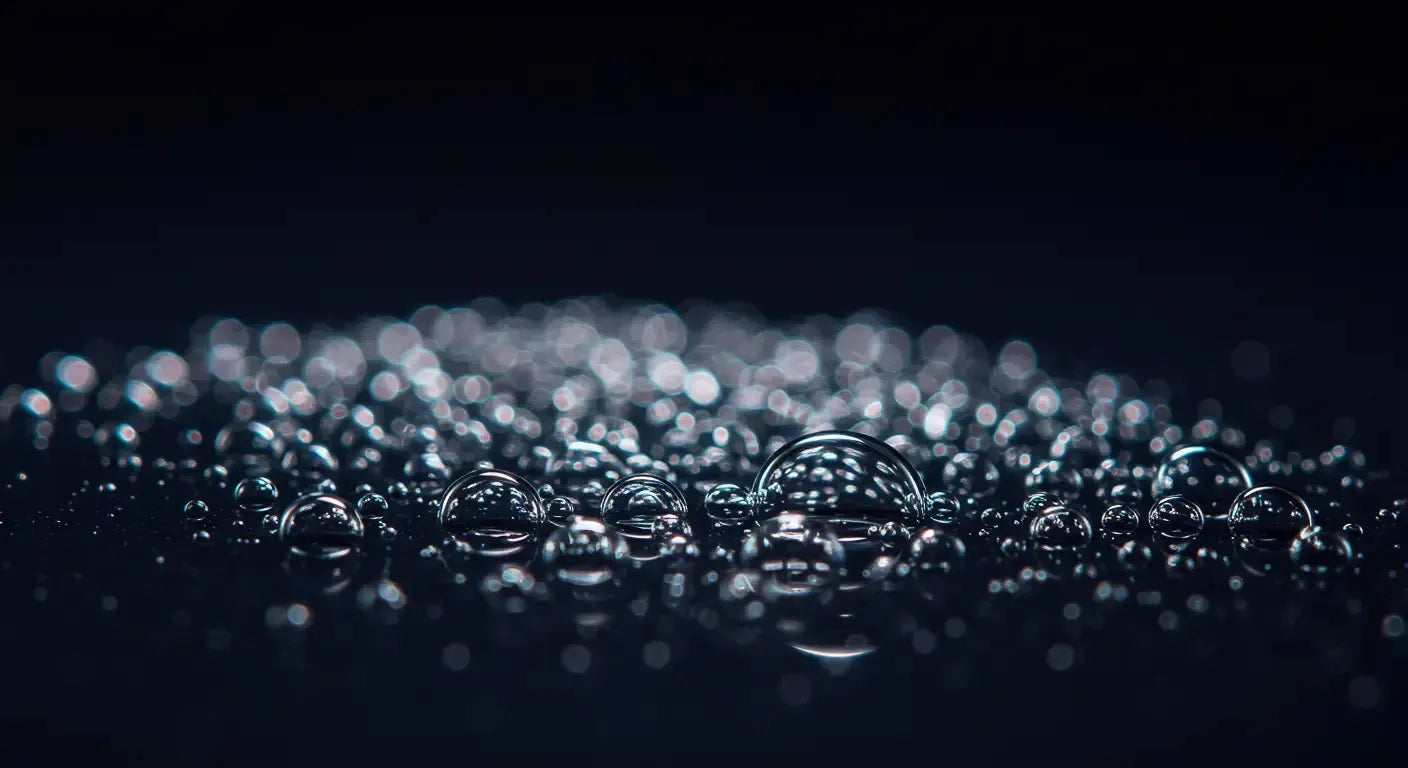
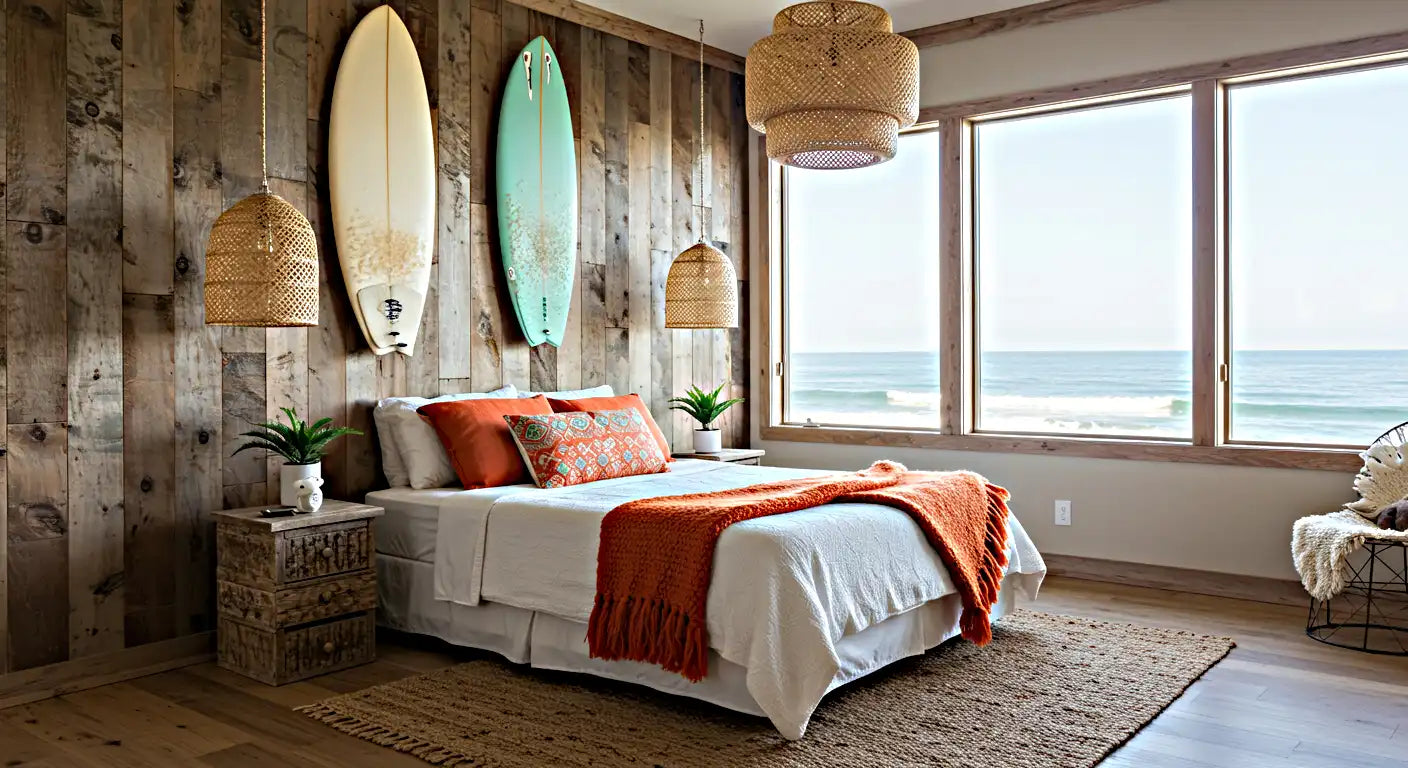

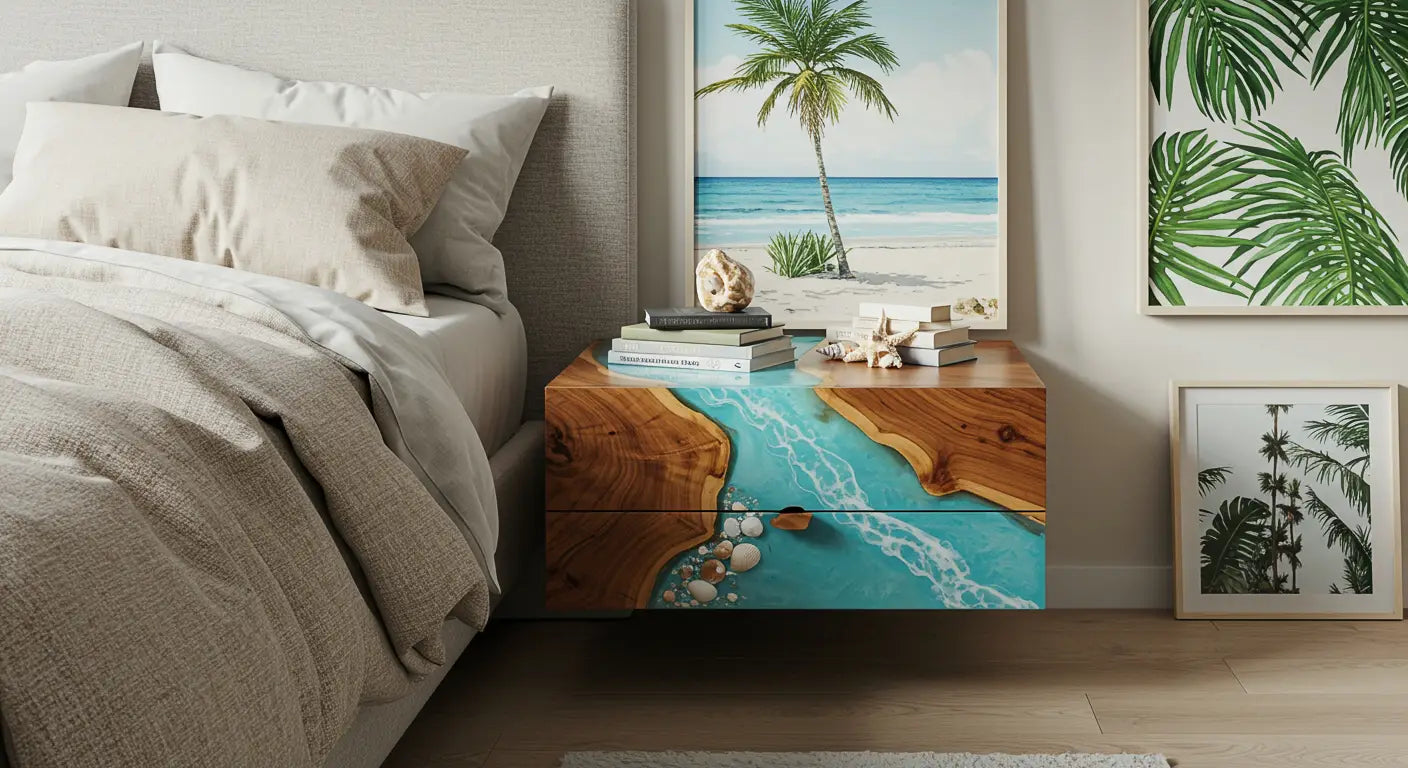
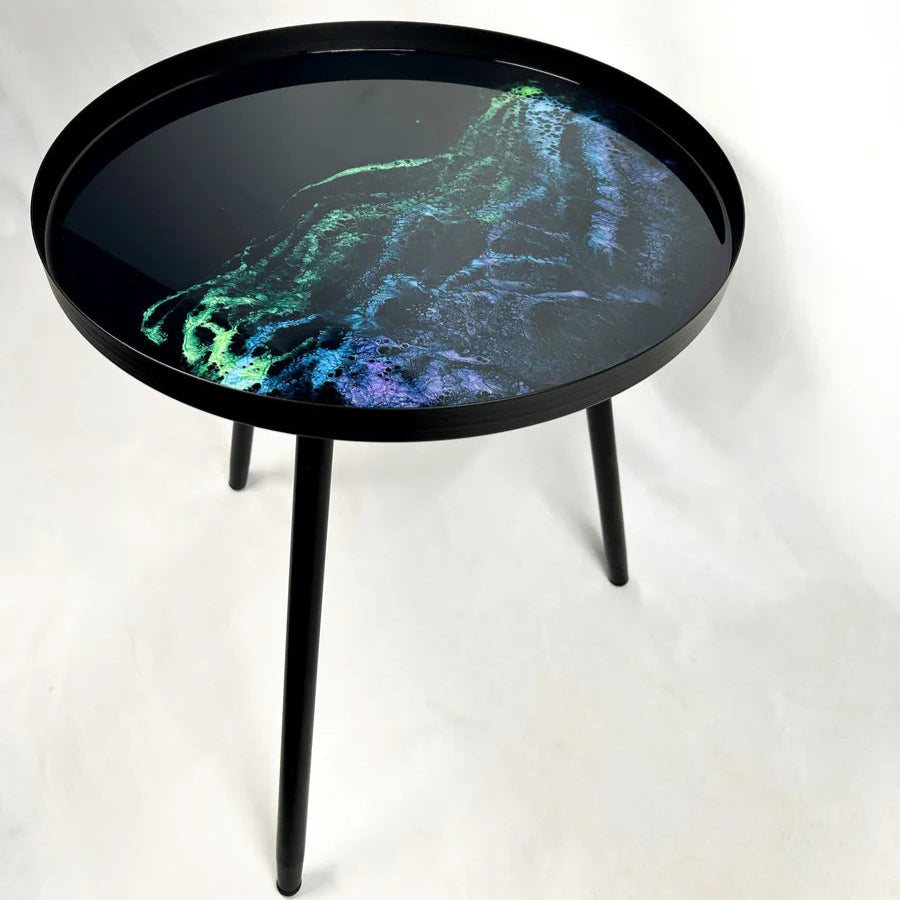
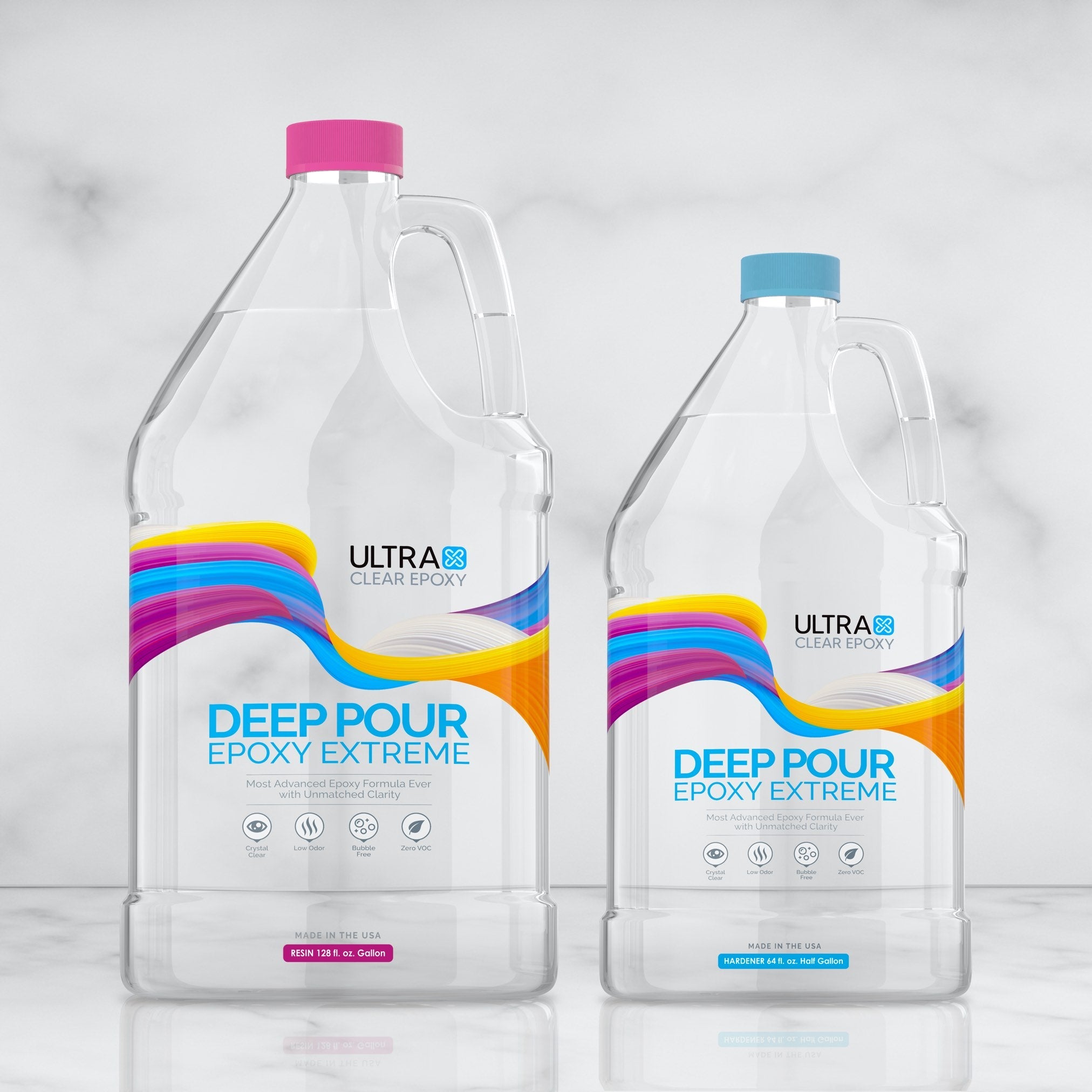
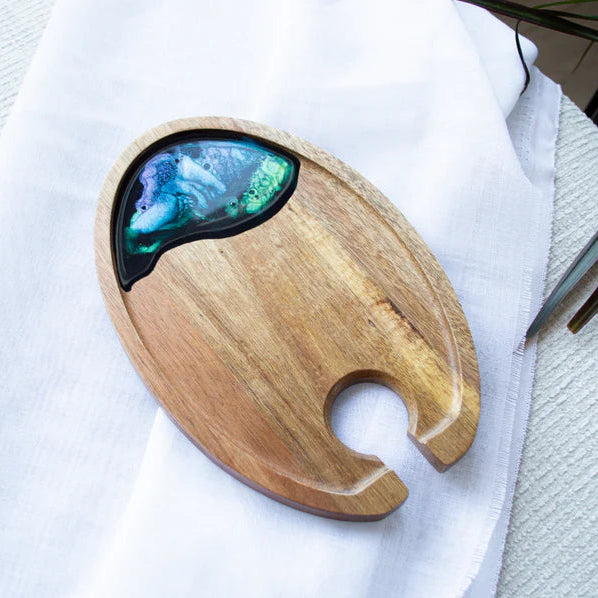
Share: